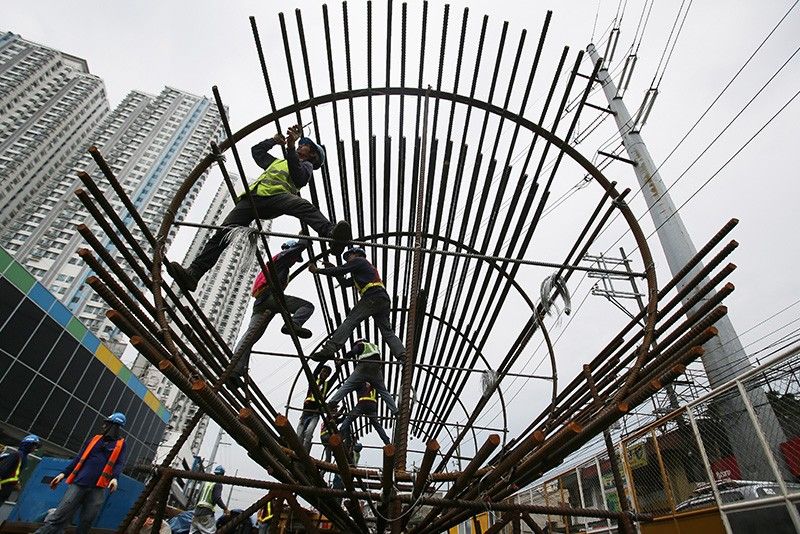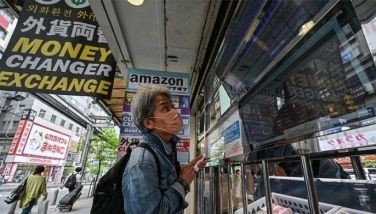Peso weakness to make infrastucture projects more costly — Pernia

MANILA, Philippines — With the persistent weakness of the peso, projects under the government’s Build Build Build (BBB) program may become more expensive as the country imports most building materials like steel and heavy equipment.
“If the peso does continue to remain weak or weaken further, yes, it would raise the costs of BBB projects,” said Socioeconomic Planning Secretary Ernesto Pernia.
“However, we expect the peso’s fickleness to diminish and the peso to bounce back,” he added.
The government expects the local currency to touch a low of P52: $1 within the year until 2022 primarily because the normalization of monetary policy in the US prompted investors to bring back cash to the world’s largest economy as it recovers from a recession.
In the process, this places exchange rate pressures on emerging markets like the Philippines where foreign funds stayed for a while.
The shift to protectionist trade and investment policies in the US also weigh heavily on foreign exchange, remittances, and the strength of the dollar-earning business process outsourcing industry in the Philippines.
Under the government’s Build Build Build program, the Philippines is raising infrastructure spending from nearly four percent of GDP in 2017 to around seven percent by 2022, or an investment of roughly P8 trillion over six years.
Funding would be sourced from a mix of government appropriations, official development assistance, and public-private partnership.
- Latest
- Trending





























